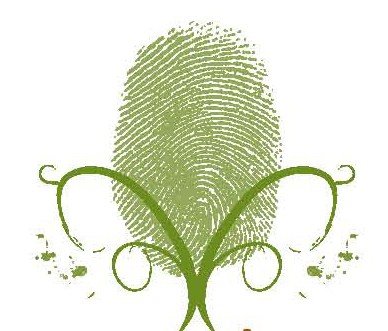
Blue Green Thumb
NATIVE GARDENS - RAIN GARDENS - SHORELINE STABILIZATION
Home - About - Calendar - Cyanobacteria (aka blue-green algae) - Kids - Links - News - Partners - Plants - Stores
 Blue Green Thumb NATIVE GARDENS - RAIN GARDENS - SHORELINE STABILIZATION Home - About - Calendar - Cyanobacteria (aka blue-green algae) - Kids - Links - News - Partners - Plants - Stores |
| About
Blue Green Thumb Watershed Program Your actions can make a difference to protect water quality in your watershed and provide habitat for wildlife. Long-term
goal is to have: A watershed consists of all of the land which contributes water to a specific body of water. To outline watershed boundaries, connect the points of highest elevation around a body of water such as lake, stream or river on a topographic map. Water falling within this bowl flows by gravity, in streams and groundwater. Any substance within the watershed which can be transported by water eventually reaches the lowest point such as a lake and affects water quality. Protection efforts often focus on shoreline land use, perhaps mistakenly creating the impression that only activities along the shore influence water quality. In truth, land use anywhere within a watershed affects water quality. The Preservation Association of Devils Lake was founded in 1982 by citizens concerned about invasive species that degraded water quality. Devils
Lake is a 680-acre freshwater lake connected to the Pacific Ocean
by the D River -
referred to as the shortest river in the world. A
lake "clean-up" was needed that eventually resulted in the stocking
of Chinese grass carp (White amur). Grass Carp were initially stocked
in Devils Lake at a density of approximately 40 fish per acre. The grass
carp were 8 to 11 inch triploid grass carp. Grass Carp have been stocked
three times in Devils Lake as follows: The grass carp removed all lake vegetation. An increase in cyanobacteria blooms was noted. Joe Eilers analyzed lake core samples to determine algal species. Tests showing the presence of cyanobacteria do not necessarily mean there are toxins present. An ELISA test can show the presence of microcystin, a known liver toxin. Cyanobacteria toxins may not necessarily produce symptoms immediately but chronically over a long period of time, especially to the young, elderly, those with pre-existing conditions and pets. However, reactions can vary and depend on body weight with smaller children and pets a concern. The Preservation Association of Devils Lake started the Blue Green Thumb Watershed Program website after Devils Lake on the Central Oregon Coast documented cyanobacteria (aka blue-green algae) toxins during and after algal blooms. The website
is patterned after: Cyanobacteria use phosphorus and nitrates, compounds often found in fertilizer and other products used for yard care. Actions of citizens can make a difference in protecting water quality. http://en.wikipedia.org/wiki/Cyanobacteria Most of the information for the Blue Green Thumb website was taken from The Preservation Association of Devils Lake (PADL) website. The PADL website contains a large amount of information that applies to Devils Lake. This website is presented in hopes to reach a larger audience to help residents in the central Oregon Coast not just the Devils Lake lakefront and watershed property owner. Best Management Practices (BMPs) GreenScaping - download pdf Blue
Green Thumb Watershed Education Program -
|